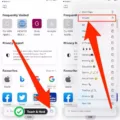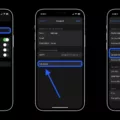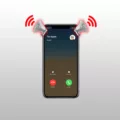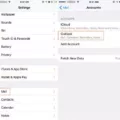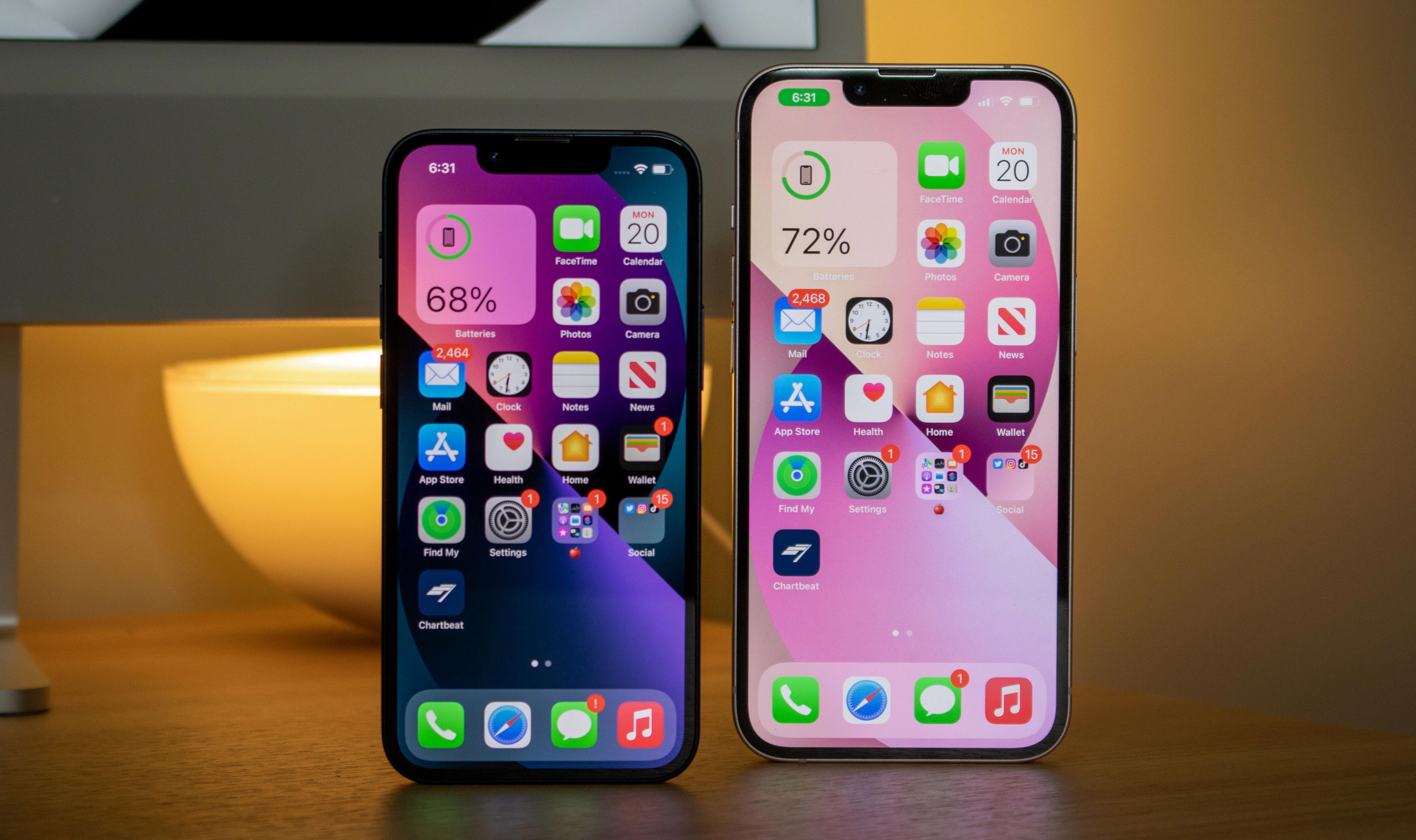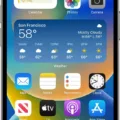When it comes to staying organized and up-to-date with the numerous apps on your iPhone, badges can be a handy tool. But what exactly are badges on iPhone and how can they enhance your user experience? In this article, we will delve into the world of badges and explore their functionality.
In simple terms, badges are the little red circles with numbers that appear on app icons. They serve as visual indicators, providing a quick glance at the number of unread notifications or pending tasks within a particular app. For example, if you have three unread messages in your email app, a red badge with the number “3” will appear on its icon.
These badges are an integral part of the iOS notification system and can be found by default on various apps such as email, messaging, social media, and productivity apps. They offer a convenient way to keep track of important updates without the need to constantly open each app.
To enable or disable badges for a specific app on your iPhone, you can easily manage the settings. Follow these simple steps:
1. Open the Settings app on your iPhone.
2. Scroll down and tap on “Notifications.”
3. Locate the app for which you want to manage badges and tap on it.
4. Make sure the “Allow Notifications” option is toggled on.
5. Ensure that “Lock Screen,” “Notification Center,” and “Banners” are also enabled according to your preferences.
Once you have configured the settings, you will start seeing badges on the app icons whenever there are pending notifications. This can be a helpful way to prioritize your attention and focus on the apps that require immediate action.
It’s worth noting that not all apps utilize badges in the same way. Some apps may combine multiple notifications into a single badge, displaying just the number “1” to indicate unread items. On the other hand, certain apps may clear the badge automatically once you have viewed the notifications.
If you find badges overwhelming or distracting, you can always disable them for specific apps or altogether from the notification settings. This allows you to customize your iPhone’s notification experience to suit your preferences and reduce unnecessary distractions.
Badges on iPhone serve as valuable visual indicators, keeping you informed about pending notifications or tasks within apps. By enabling or disabling badges for specific apps, you can tailor your notification experience to align with your needs and preferences. So, whether you’re a productivity enthusiast or simply want to stay on top of your messages, badges can be a useful feature to enhance your iPhone usage.
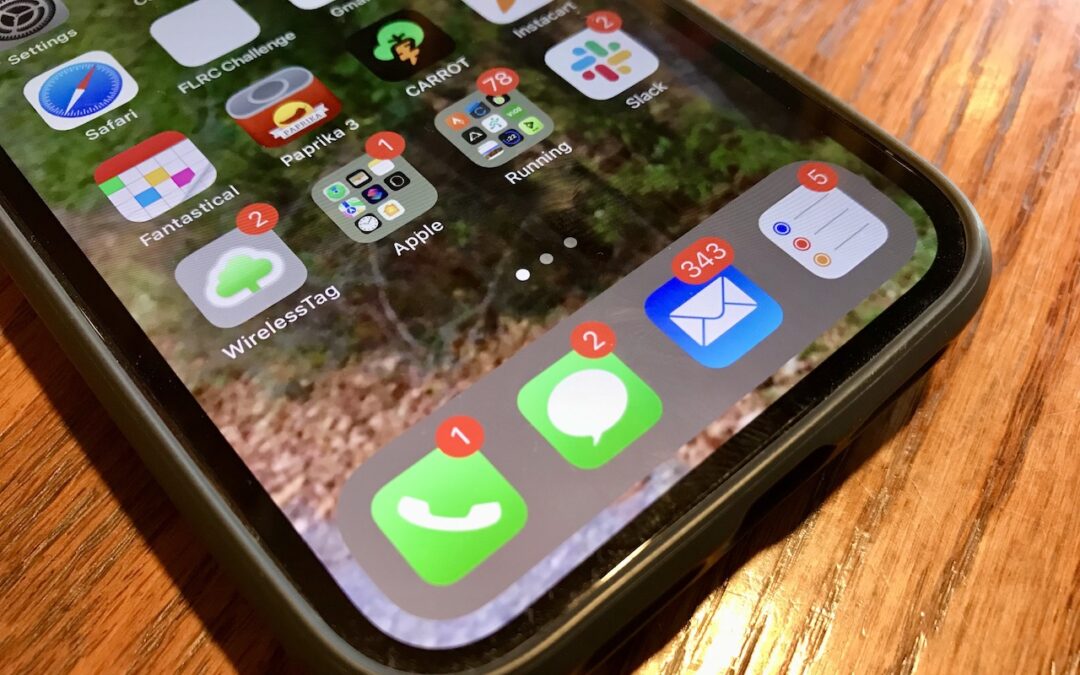
What is the Difference Between Banners And Badges On iPhone?
Banners and badges are two different features on an iPhone that serve different purposes.
1. Banners: Banners are the pop-up notifications that appear on your screen while you are using your phone. These notifications can appear at the top of your screen and provide information or alerts from various apps. Banners are temporary and disappear after a few seconds unless you interact with them. They can be customized to show a preview of the notification content, such as a message or email, without opening the app itself.
2. Badges: Badges, on the other hand, are the small red circles with numbers that appear on app icons. These badges indicate the presence of unread messages, notifications, or updates within the respective app. For example, if you have three unread emails, the email app icon will display a badge with the number “3” on it. Badges provide a visual cue to let you know about pending actions or new content within apps, even without opening them.
What is a Badge in Messages?
A badge in messages refers to a visual indicator that appears on the app icon to alert the user of new or unread messages. It is a notification badge that appears as a numerical count or a small dot on the app icon. The purpose of the badge is to quickly notify the user that there are unread messages or notifications within the messaging app. When the user sees the badge, they can easily identify that there are new messages waiting for them without having to open the app. The badge serves as a visual reminder to check the messages and take action accordingly.
What Does Badges Mean Settings?
Badges in settings refer to the numerical indicators that appear on app icons on your device’s home screen or app drawer. These badges are used to inform you about the number of notifications or updates that are pending within each app. When an app has one or more notifications, a badge will appear on its icon, typically displaying the number of pending notifications. However, some apps may combine multiple notifications into one and only display the number 1 on the badge.
These badges provide a visual cue to let you know that there are unread messages, updates, or other notifications waiting for your attention within the corresponding app. They serve as a convenient way to quickly identify which apps require your immediate attention without having to open each app individually.
It’s important to note that badges are dynamic and can change in real-time as you receive or clear notifications. When you clear your notifications, the badge associated with the app will typically disappear until a new notification arrives. This allows you to easily keep track of which apps have pending notifications and which ones are up to date.
Badges in settings are numerical indicators that appear on app icons, informing you about the number of pending notifications or updates within each app. They help you stay organized and prioritize your attention by providing a quick visual cue on your device’s home screen or app drawer.
Why Are Your Notifications Not Showing Up On iPhone?
There can be several reasons why notifications may not be showing up on an iPhone. Here are some possible causes:
1. Notification settings: It is possible that the notification settings for the affected app have been turned off. To check this, go to the Settings app and select Notifications. Look for the app in question and make sure that the “Allow Notifications” toggle is turned on.
2. Lock screen and notification center settings: Notifications may not appear if the settings for the lock screen and notification center are disabled for the app. In the same Notifications settings menu, ensure that the options for Lock Screen, Notification Center, and Banners are enabled according to your preferences.
3. Do Not Disturb mode: If your iPhone is in Do Not Disturb mode, notifications will not show up on the lock screen or make any sounds. Check the Control Center by swiping down from the top right corner of the screen, and make sure the Do Not Disturb moon icon is not highlighted.
4. App-specific settings: Some apps have their own notification settings within their own settings menu. Open the app and look for any notification preferences or settings that may need to be adjusted.
5. Software updates: Ensure that your iPhone is running on the latest iOS version. Sometimes, software updates can fix bugs or issues related to notifications.
6. Background app refresh: If the app’s background app refresh is disabled, it may not be able to fetch new notifications. Go to Settings, select General, then choose Background App Refresh, and make sure it is enabled for the app.
7. Battery optimization: Some iPhones have battery optimization features that can limit background activity for apps. Check the battery settings and ensure that the app in question is not being restricted.
If none of these solutions work, you may consider restarting your iPhone or contacting Apple Support for further assistance.
Conclusion
Badges on iPhone are a useful feature that provide visual cues on app icons to indicate the presence of active notifications. These badges, also known as notification dots, can be seen on the home screen and help users quickly identify which apps have new notifications. The number displayed on the badge represents the count of unread or pending notifications.
To manage app notifications and badges on iPhone, users can navigate to the Settings app and select Notifications. From there, they can choose the specific app and ensure that Allow Notifications is enabled. Additionally, users can customize their preferences for Lock Screen, Notification Center, and Banners to control how notifications are displayed.
By utilizing badges, iPhone users can easily stay informed about important updates from their apps without having to open each app individually. This feature enhances the overall user experience by providing a convenient way to manage notifications and prioritize their attention.


